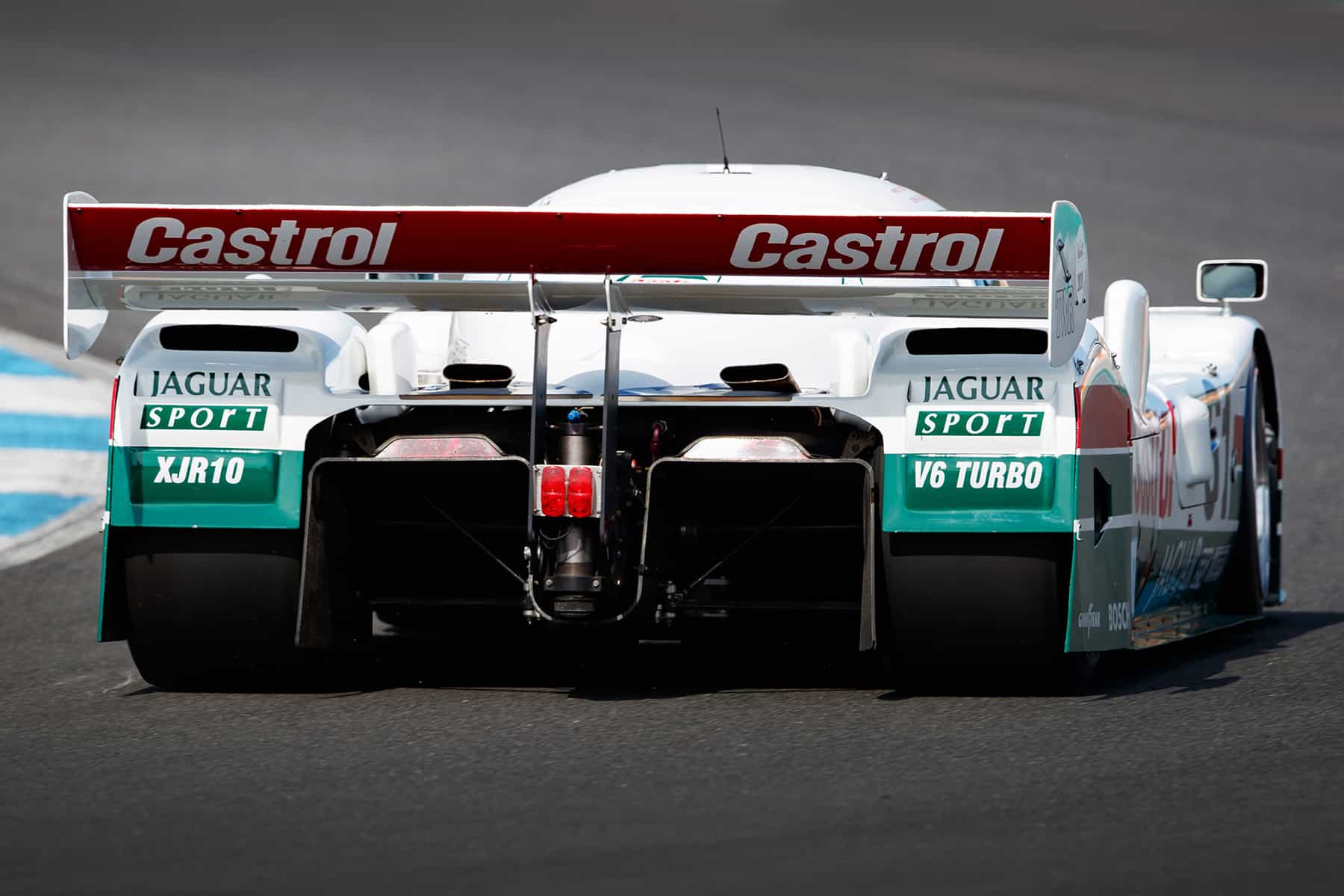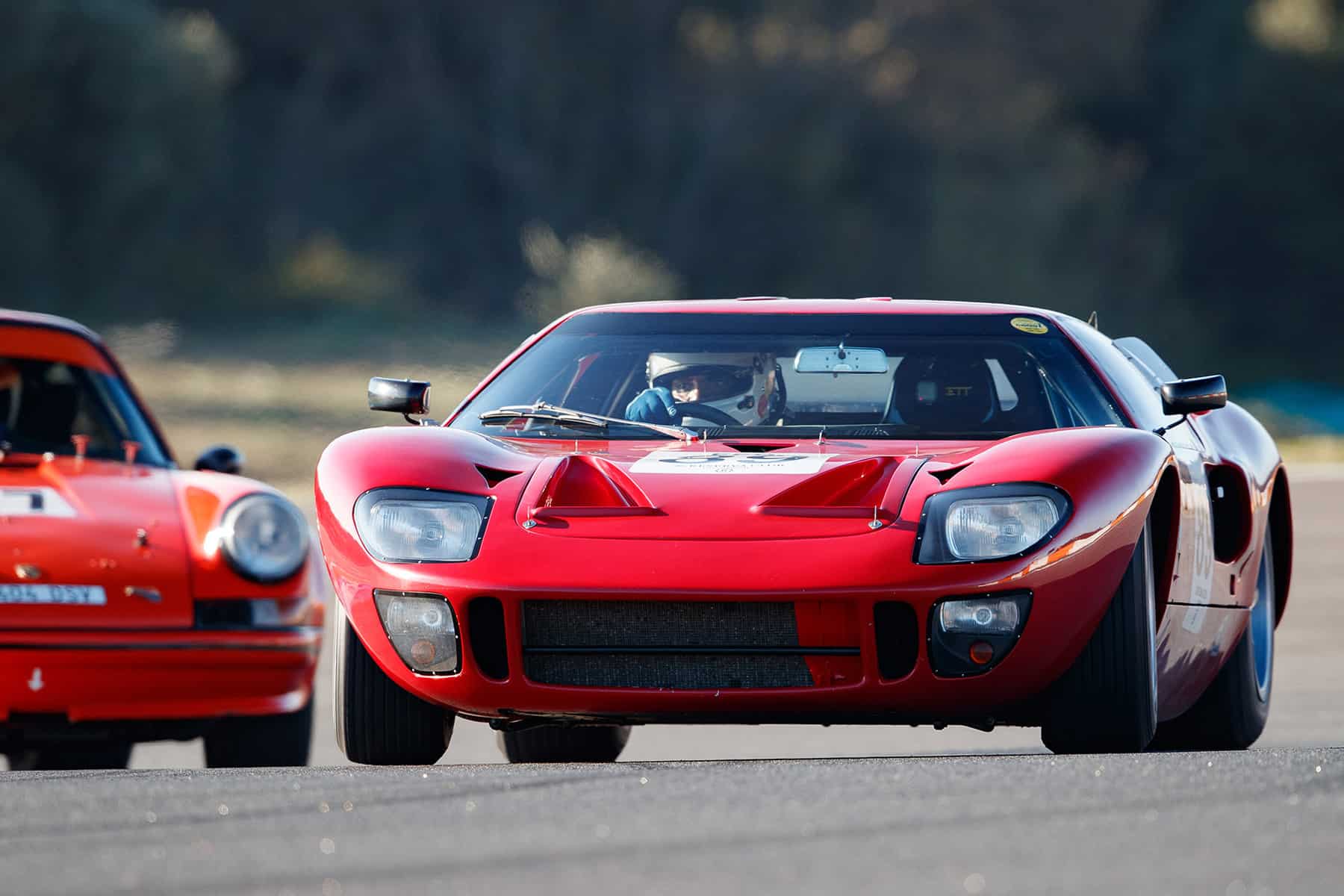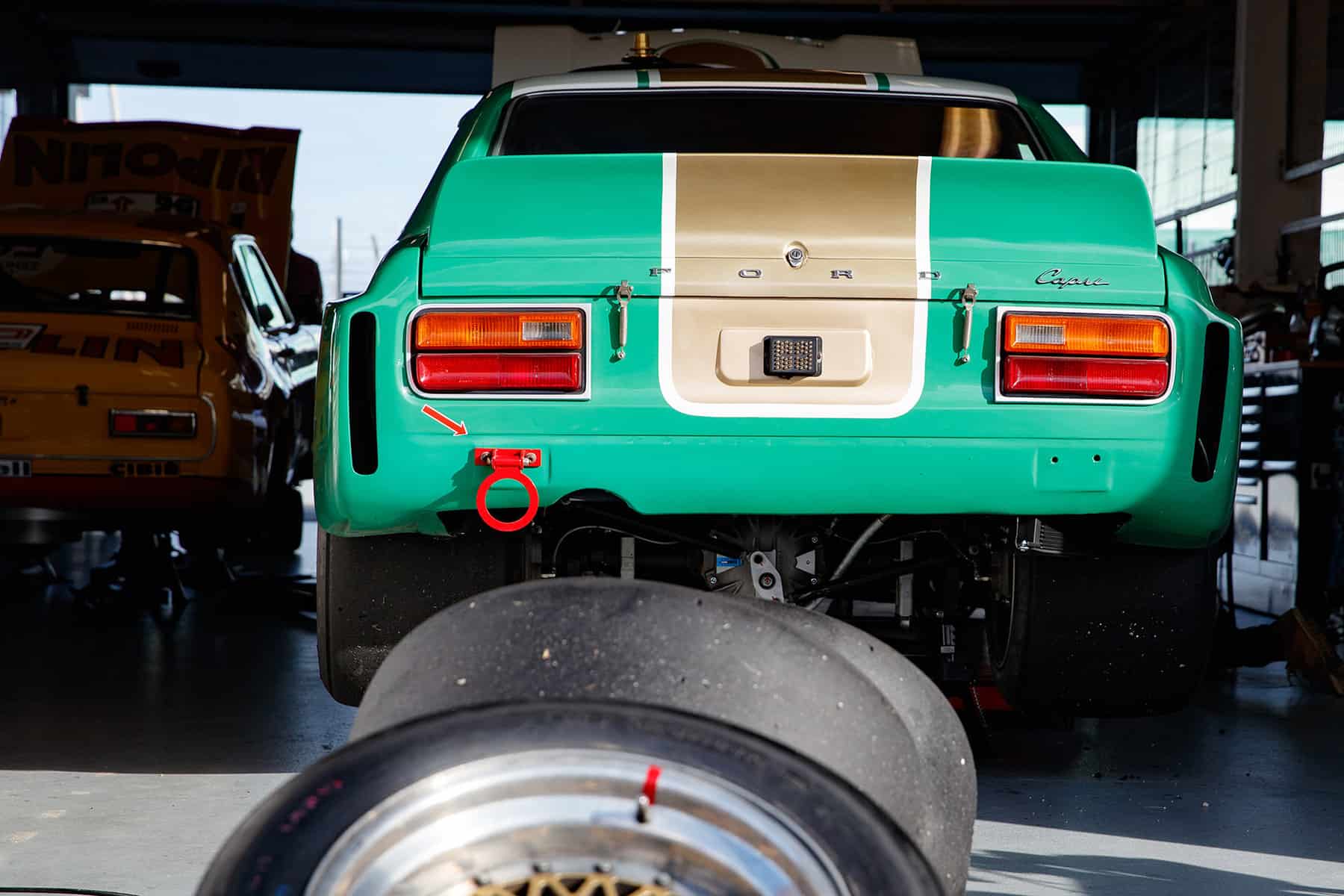Estoril Classics
“It’s about enjoying the cars, the people, and the event”
BY: WOUTER MELISSEN
Most racetracks bring back specific memories for enthusiasts. Examples are Alex Zanardi’s physics-defying pass through Laguna Seca’s Cork Screw corner in 1996, or the finish of the 1971 Italian Grand Prix with five cars separated by just six-tenths of a second.
The connection most people make with the Autódromo do Estoril is the great Ayrton Senna scoring his very first Formula 1 victory during the 1985 Portuguese Grand Prix. Run under torrential conditions, it was a superb demonstration of the Brazilian’s mastery in the rain. Another great moment was the crucial pass around on the outside of Michael Schumacher by Jacques Villeneuve, which kept the Canadian in contention for the 1996 Formula 1 World Championship for at least one more round. To celebrate these great moments and to make new memories as well, the Estoril Classics was held in October of 2020.
Located in the beautiful Cascais area just west of Portugal’s capital Lisbon, the Estoril circuit was original built in 1972. Making the most of the area’s hills, the track has considerable elevation changes with the steepest gradient a hefty 7 percent. It was mainly used for local events early in its life and did not really come to the attention of the international racing world until it was chosen to host the Portuguese Grand Prix in 1984. It was the first time the country hosted a Formula 1 race since 1960, when Jack Brabham won at Boavista with a Cooper. The last Portuguese Grand Prix held at Estoril was in 1996 when his daring move earned Jacques Villeneuve a well-deserved victory.
While the track has remained in use ever since, there was no need to ensure it complied with F1’s ever higher demands, so the circuit survived in pretty much its original configuration. The only substantial modification dates from the early 1990s and is a very right and up-hill chicane at the back of the track. This was added to slow the cars down ahead of the final section that includes a couple of potentially very fast corners. What has been preserved is the relatively narrow track, the undulations, and proper gravel run-off areas. One of the Estoril Classics competitors, Yves Scemama, clearly enjoyed the track: “While I had been at Estoril a couple of times around 2007, I did not remember it well! But after a few laps it came back as a really nice track with interesting sections.” In addition to this, the surrounding hills provide a beautiful backdrop to this classic track.

Scemama competed with three different cars this weekend and explains that the track suited some better than others: “I enjoyed the track better with the slower, more nimble touring and GT cars like the Ford Capri or the E-Type Jaguar.” It was a sentiment shared by three-time Indy 500 winner Dario Franchitti, who also raced a Capri and was absolutely elated when he stepped out of the car after qualifying: “The most fun I ever had in a racing car.” Scemama also raced a TOJ sports racer powered by a three-liter Ford Cosworth DFV V8 engine, which was less suited to the track. “With a more powerful car like the three-liter prototype, it is more violent on the gas and off the gas action. Yet if you drive more conservatively staying off the curbs you lose a lot of time.”
The Estoril Classics was a collaboration between local organizers and French specialists Peter Auto. Actually held on the date it had originally been planned, the event served as the finale for the series of what were supposed to be five but eventually turned out to be three meetings. The season start was delayed by the global COVID-19 pandemic and as the virus flared up again at the end of the summer, the travel restrictions imposed by various European countries increased once again. As a result, the familiar Peter Auto grids were not as strong as they were at the rounds at Monza or Paul Ricard earlier in the season. There were nevertheless enough cars out on track to make for an interesting spectacle.
As mentioned earlier, Dario Franchitti was one of the competitors who did make it out to Portugal. He shared driving duties with McLaren Racing CEO Zak Brown in two of the latter’s classic racing cars: the aforementioned Capri and a GTP specification Jaguar XJR-10. It was one of Franchitti’s first outings at a historic race meeting after making a full recovery from his career-ending Indy Car accident. A true enthusiast, he enjoyed himself: “Zak and I had a really fun time, that was way more important to us than the result.” He found racing for the sake of racing was not quite as stressful as during his contemporary career: “It was way more relaxed. I think Estoril lends itself to that relaxed atmosphere and I felt even more relaxed than at the Goodwood Revival.”
While he clearly was having a lot of fun, Franchitti also showed his class by clinching pole position in the Heritage Touring Cup race with the Capri. He beat seasoned historic racers in similar machinery by seven tenths despite having never driven the car in anger before. It was not his first time in a Capri, as his grandfather owned a road car for many years. As coincidence would have it, that very car, now converted to full racing configuration, was also in the paddock during the weekend. Grabbing the lead from the start, Franchitti had what he described as a “brown-trouser moment” when the throttle stuck open. He did make it back to the pits to have the issue sorted, but Brown was later forced to retire with gearbox issues. The victory was instead scored by Christophe van Riet with a similar four-cam, V6-engined Capri. Scemama finished a credible third with his slightly earlier Capri that was powered by the more modest overhead-valve, single-cam V6.
Despite indicating the track did not particularly suit his TOJ, Scemama did manage to claim pole position for the Classic Enduring Racing 2 (CER2) race with the DFV-engined machine. To be fair, this was due to two of the fastest cars being stripped of their times due to track limit incursions. These had to the start from the back of the grid, setting the stage for an exciting one-hour race. This was ultimately compressed to a mad dash for the finish after a safety car with Scemama challenged by Francisco Lara Resende in a more nimble, two-liter Chevron B36. There was little room for error: “It was a little bit of a surprise when I went on the brakes at the chicane and he was right behind me on the first lap after the safety car. I knew then that I had to take advantage of the three-liter car in the section that favored the straight-line speed and to not make a mistake in the twisty parts.” It proved a winning tactic, as Scemama crossed the line first in his Equipe Europe prepared TOJ.
The Jaguar Brown and Franchitti competed with was entered in the Group C race. It was the first outing after its restoration, but Franchitti was immediately impressed: “It was very well balanced despite it being its shakedown.” The huge downforce produced by the Group C and GTP cars of this era only proved effective in select sections: “The second corner and the last were the only place we could really feel the downforce so it was mostly the mechanical balance we were working with.” The car was not quite as competitive as it could have been: “The engine needs a lot of work as it was lacking speed on the straight but again it was not bad for a shakedown run.” Both of the forty-five minute races were won by the well-honed Porsche 962C shared by French racers Michel Lecourt and Raymond Narac.
Although unusual for a Peter Auto weekend, it was wholly appropriate that there was a race for Grand Prix cars at the Estoril Classics as well. Open to Formula 1 racers from up to 1986, a small but colorful field lined for two twenty-minute races. Mechanical grip also proved key with this grid as Michael Lyons managed to win both races with his relatively early, low-downforce Hesketh 308E Cosworth.
In spite of all the restrictions, the Estoril Classics was a great event and Franchitti summed it up best: “It was about enjoying the cars, the people, and the event.” Peter Auto has a contract for two more editions with the circuit and we sincerely hope that the 2021 Estoril Classics will be able to create fresh memories for a lot more people both on and off the track.










